Garmin Fenix 6 vs Garmin Fenix 7 — which watch should you buy?
We put Garmin’s adventure watches head to head.

The Garmin Fenix 6 has aged gracefully, and is still one of the best running watches on the market. They have similar screens and sports tracking capabilities, but the Fenix 6 has a shorter battery life and no touchscreen.
Pros
- Solar charging
- Loaded with features
- Quick-change wristbands
Cons
- No touchscreen
- Lacks Garmin's newest features
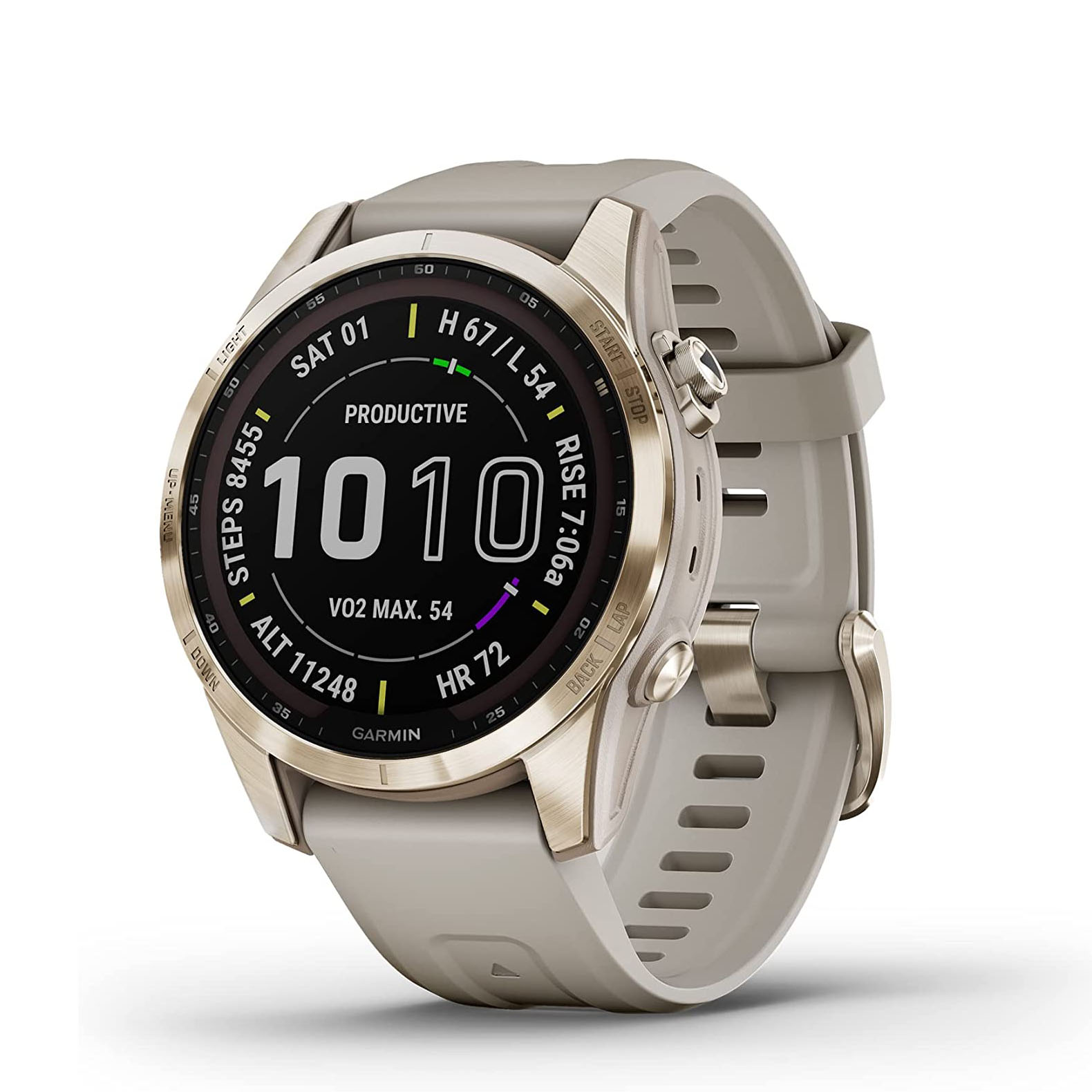
While the two watches look pretty similar, the Fenix 7 is definitely an upgrade. With new Garmin training tools, a touchscreen, and a longer battery life, the Fenix 7 is the best of the best.
Pros
- New training tools
- Brilliant touchscreen display
- Fenix 7X flashlight
Cons
- More expensive than Fenix 6
The Garmin Fenix line is built for adventure — the brand’s top-of-the-line watch has the longest battery life, the largest display, and the most durable design, designed to cope with tough terrains and days out in the great outdoors. The Garmin Fenix 7 sports some big updates — a new touchscreen, advanced solar charging, and improved mapping, but is it worth upgrading if you’re already a Fenix wearer? (You can also check out our face-off between the Garmin Fenix 7 vs. Epix 2 here)
While the Garmin Fenix 6 has been around for three years, it has aged gracefully and is still one of the best running watches on the market. Garmin released a firmware update earlier this year that added new sports profiles to the Fenix 6 line, plus tweaks to the interface. It’s far from outdated, and it’s encouraging to see Garmin adding new features to old tech.
But if you’re looking to upgrade your tech to one of the best Garmin watches, which should you buy? In this article, we put the Garmin Fenix 6 and the Garmin Fenix 7 head to head to help you work out which is best for you.
Garmin Fenix 6 vs Garmin Fenix 7: Price and availability
Due to the launch of the Garmin Fenix 7, many retailers have cut the price of the Garmin Fenix 6, making it more affordable than ever. That said, neither could be classified as cheap. Every now and then, you'll see selected models at a discounted price. If there are any deals available right now, you can see them on our Garmin coupon codes page.
Both the Garmin Fenix 6 and the Garmin Fenix 7 are available in a range of sizes and capabilities. The Fenix 6 comes in three different sizes — 42mm (the Fenix 6S), 47mm (the Fenix 6) and 51 mm (the Fenix 6X). The Pro editions have more storage capability, the Sapphire editions have a hardened screen to protect the watch from scratches, and the Solar editions have solar charging capabilities.
Here’s a table featuring all of the different models in the Fenix 6 line-up. The prices shown are the original prices, but a lot of the models are likely to be discounted now the Fenix 7 has launched.
Garmin fenix 6 vs. fenix 7: Specs at a glance
| Row 0 - Cell 0 | Fenix 6 | Fenix 7 |
| Price range | $599-$1,149 | $699-$999 |
| Case sizes | 42mm (6S); 47mm (6); 51mm (6X) | 42mm (7S); 47mm (7); 51mm (7X) |
| Display size | 1.2 inches (6S); 1.3 inches (6); 1.4 inches (6X) | 1.2 inches (7S); 1.3 inches (7); 1.4 inches (7X) |
| Sapphire lens option | Available on all models | Available on all models |
| Solar power option | Available on 6X | Available on all models |
| Battery life with GPS (non-solar) | 25 hours (6S); 36 hours (6); 60 hours (6X) | 37 hours (7S); 57 hours (7); 89 hours (7X) |
The Garmin Fenix 7 is also available in three different sizes — 42mm (the Fenix 7S), 47mm (the Fenix 7) and 51 mm (the Fenix 7X). All of the models have the option to come with Solar and Solar Sapphire versions, meaning you no longer have to choose between the toughened screen and solar charging. At the moment, there is no Pro range in the Fenix 7 line.
Get instant access to breaking news, the hottest reviews, great deals and helpful tips.
It’s worth noting, however, that the cheapest watch in the Fenix 7 range, the Fenix 7S, is $100 more expensive than the equivalent watch in the Fenix 6 line — touchscreens and new technology comes at a price.
So which is a better value watch? As mentioned above, a lot of retailers have slashed the price of the Garmin Fenix 6 — at the time of writing, the Fenix 6 Pro was down to $500 on Amazon. With the Fenix 6, you’re still getting a brilliant watch at a better price, so if price is a concern, the Fenix 6 is the better option.
Winner: Garmin Fenix 6
Garmin Fenix 6 vs Garmin Fenix 7: Design and display
On the surface, the Fenix 6 and the Fenix 7 look very similar — they both have sizable metal bezels and the ability to swap in Garmin’s suede, fabric, or metal Quickfit bands should you wish. That said, there’s some big design differences. Garmin has added a new guard button on the start/stop button of the Garmin Fenix 7 to prevent accidental starts or pauses. The lugs on the Fenix 7 are metal (stainless steel or titanium, depending on the model), whereas the lugs of the Fenix 6 watches are made from resin.
While the display size is the same between the two watches — both the Fenix 7 and Fenix 6 have a 1.2-inch screen, the Fenix 7 is lighter, weighing in at 73g, compared to the Fenix 6 at 83g. This is down to the more premium materials, such as titanium, used in the Fenix 7.

Both the Garmin Fenix 6 and the Garmin Fenix 7 have color memory-in-pixel (MIP) displays. These aren’t as bright as the AMOLED screen used on the Garmin Venu 2 Plus, or the Garmin Epix, but they’re better for battery life. One huge display difference, however, is that the Garmin Fenix 7 also has a touchscreen, which allows you to swipe through and tap options like you would on any of the best smartwatches. For runners who are put off by this detail, the Fenix 7’s touchscreen is turned off by default while the watch is tracking an activity, and can be deactivated by pressing the ‘start’ and ‘down’ buttons at the same time.
Another interesting design update, which is only available in the Fenix 7X (the most expensive watch in the Garmin Fenix 7 line), is a flashlight. The Fenix 7X watches contain a three-LED flashlight on the top of the unit: two LEDs are white, and one is red. The flashlight can be used in situations where you might use your phone’s flashlight, but can also be used in certain sports modes, as the flashlight can blink or pulse on a bike ride. There is also a running-specific cadence visibility flashlight and an SOS beacon flashlight mode. The flashlight is undoubtedly a cool addition to an adventure watch, but it’s a shame this technology is reserved for the most expensive watches in the range.
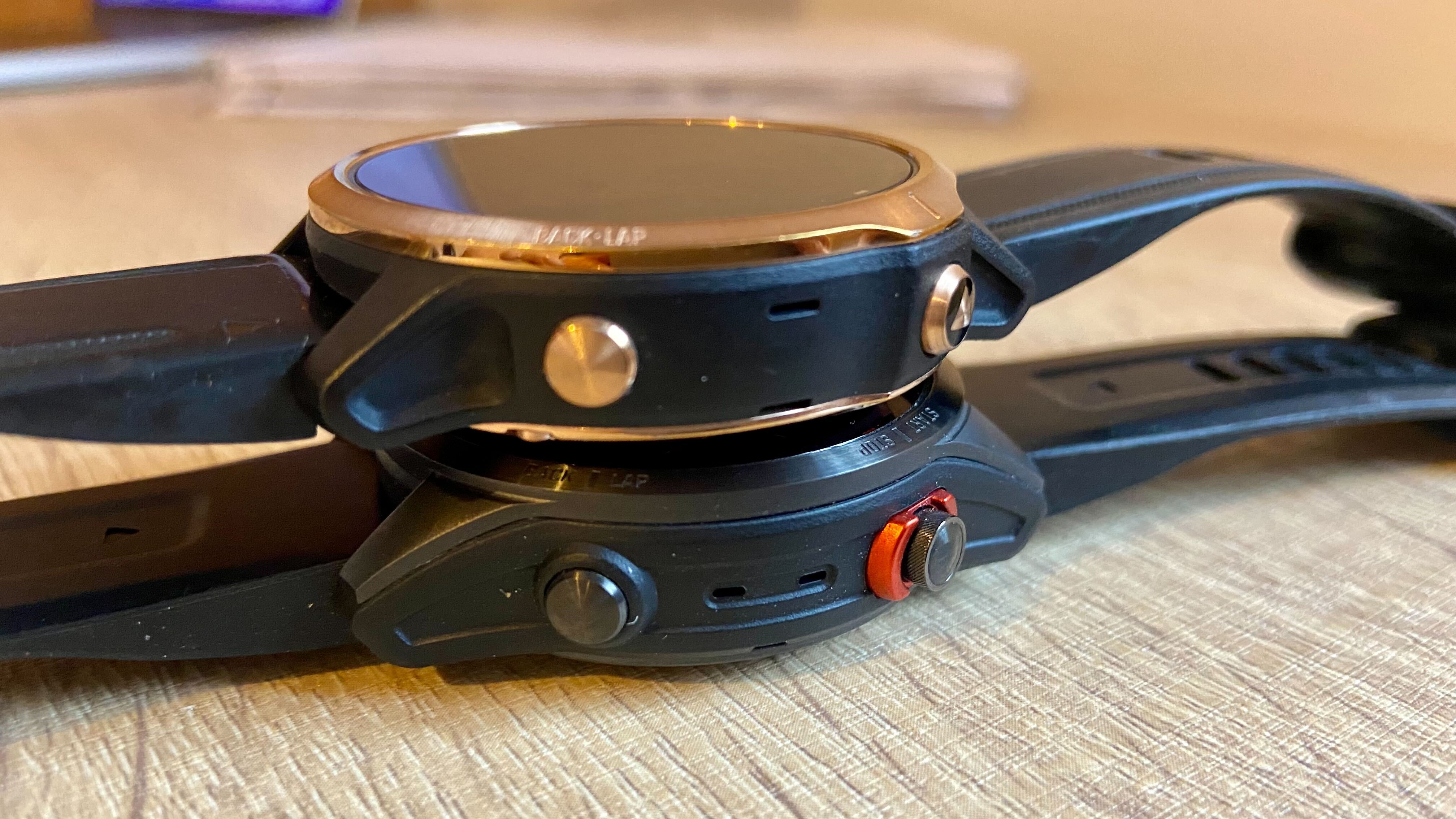
While I was skeptical about the need for a touchscreen on a running watch, I’ve been really impressed by the Fenix 7 — the touchscreen undoubtedly makes the watch easier to use when you’re not on the run. Another huge design improvement on the Fenix 7 is that you can tweak the settings, data screens, and set-up of the watch from your phone — something that has been missing for years.
If you’ve already got a Fenix 6, while the touchscreen is excellent, I’m not sure it’s worth buying a new watch. If you’re new to the Fenix line, I’d definitely buy the Fenix 7 over the Fenix 6, especially if you plan on wearing the watch day-to-day, as well as on the run.
Winner: Garmin Fenix 7
Garmin Fenix 6 vs Garmin Fenix 7: Battery life
If you are a runner, hiker, or rider looking to go out on multi-day adventure, battery life matters. The battery life on the Garmin Fenix 7 is far superior to that on the Fenix 6, which was already pretty impressive.
In the Fenix 7, Garmin says it has significantly improved the solar capabilities of the watch. The company said it has done this by increasing the surface area of the solar panels on the watch by up to 54%, by increasing the efficiency of the solar panels, and by decreasing the power draw of the watch itself. Compared to the Fenix 6, the thin solar rim is much wider and more obvious, but it’s not offputting in any way.
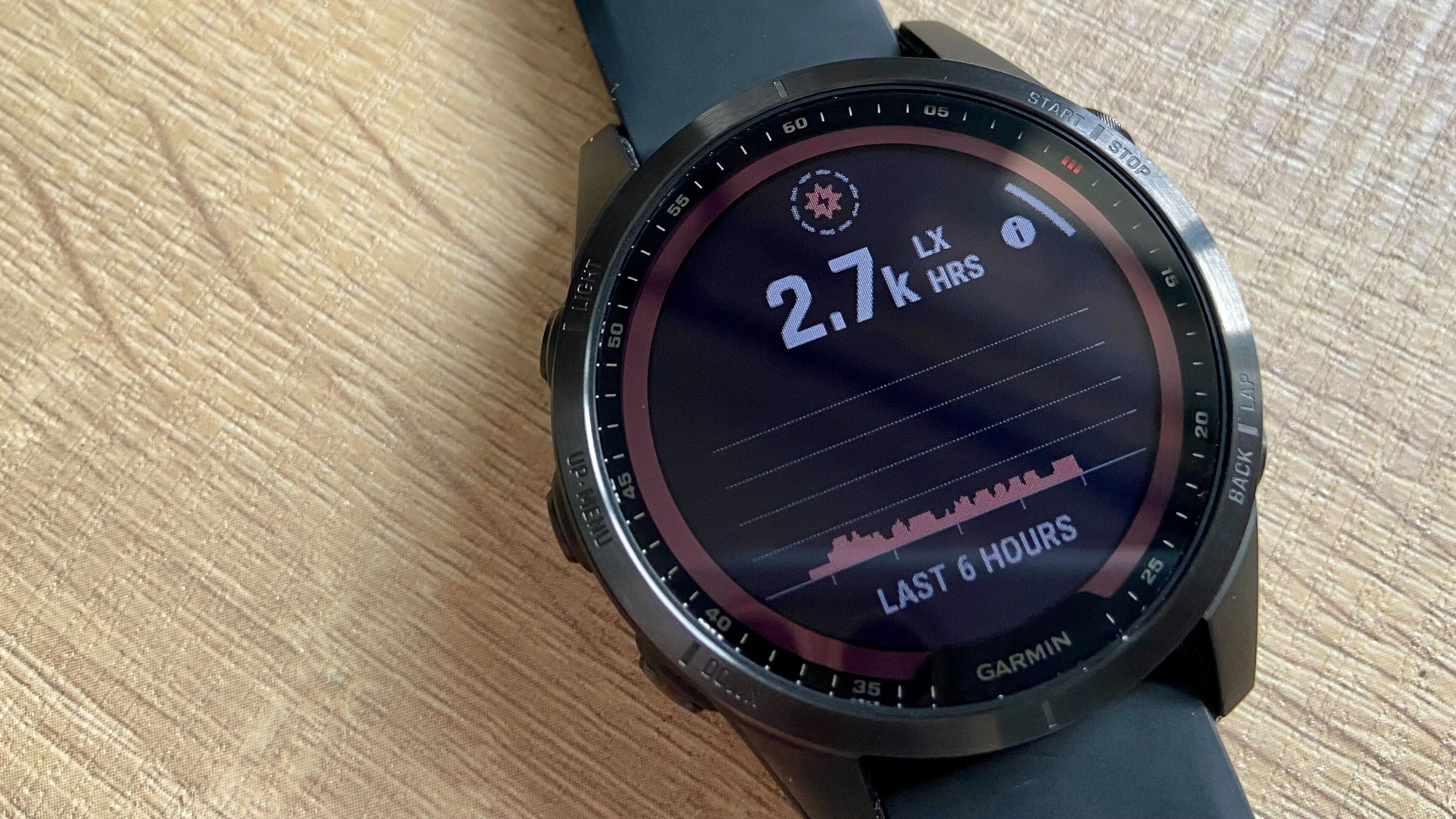
Garmin says in normal GPS mode, the Fenix 7 watches have up to 57 hours of battery life, and this is extended to 73 hours with solar, which is far longer than that on most of the best GPS watches. The equivalent watch in the Fenix 6 line has 36 hours of battery life, which is extended to 40 hours with solar.
| Row 0 - Cell 0 | Battery life (GPS mode) | Battery life w/ Solar (GPS mode) |
| Fenix 6S | 25 hours | 28 hours |
| Fenix 6 | 36 hours | 40 hours |
| Fenix 6X | 60 hours | 66 hours |
| Fenix 7S | 37 hours | 46 hours |
| Fenix 7 | 57 hours | 73 hours |
| Fenix 7X | 89 hours | 122 hours |
The winner here is undoubtedly the Garmin Fenix 7. While the Fenix 6 has a long enough battery life for most runners, if you are heading out for adventures and don’t want to pack your charger, the Fenix 7 is the watch for you.
Winner: Garmin Fenix 7
Garmin Fenix 6 vs Garmin Fenix 7: Fitness tracking and features
Garmin Fenix 6 and 7 users rejoice — there are now more sports tracking modes than you could ever need on both watches. In a recent update that is available on both the Fenix 6 and Fenix 7 models, new tracking modes have been added. These include: Adventure Race, Wind Surfing, Kite Surfing, Tennis, Pickleball, Padel, Snowshoe, eBike, eMTB, Road, Mountain, Indoor, Gravel, Cyclocross, Commute, and Tour.

Two other new features worth mentioning on the Fenix 7 are Stamina, and Up Ahead. Stamina is designed to allow you to track and manage your exertion on a ride or run. Up Ahead is designed for ultrarunners, and shows you the upcoming course points at a glance, providing you with the exact location of aid stations, trails, and turns, as well as the next three after that, from preloaded TopoActive maps.
From a tracking point of view, the Fenix 7 has Garmin’s most accurate heart rate monitor to date. The Fenix 7 range also has more accurate GPS, as Garmin has added multi-band GPS support to the Fenix 7, and the mapping features are greatly improved on the watch. During testing, we found the Fenix 7's GPS connected faster than the Fenix 6, but post-run data looked similar.
On the Fenix 6, the watch included a map for your region, but not other regions, meaning if you were planning to travel, or race abroad, you’d have to buy and download the map from Garmin, which cost around $20-$30. The new map manager on the Garmin Fenix 7 series means all maps are free, and can be downloaded directly to the watch (although this does take a while). The non-sapphire editions of the Garmin Fenix 7 have 16GB of map storage, whereas the sapphire versions have 32GB.
The Fenix 7 also boasts a new and improved heart rate sensor. The Fenix 7 lines use the 4.0 version of its pulse ox sensor, whereas the older Fenix 6 has the company's 3.0 sensor in the standard versions. While this isn't too much to worry about, if you are looking for the most precise data, you're more likely to find it with the new and improved Fenix 7.
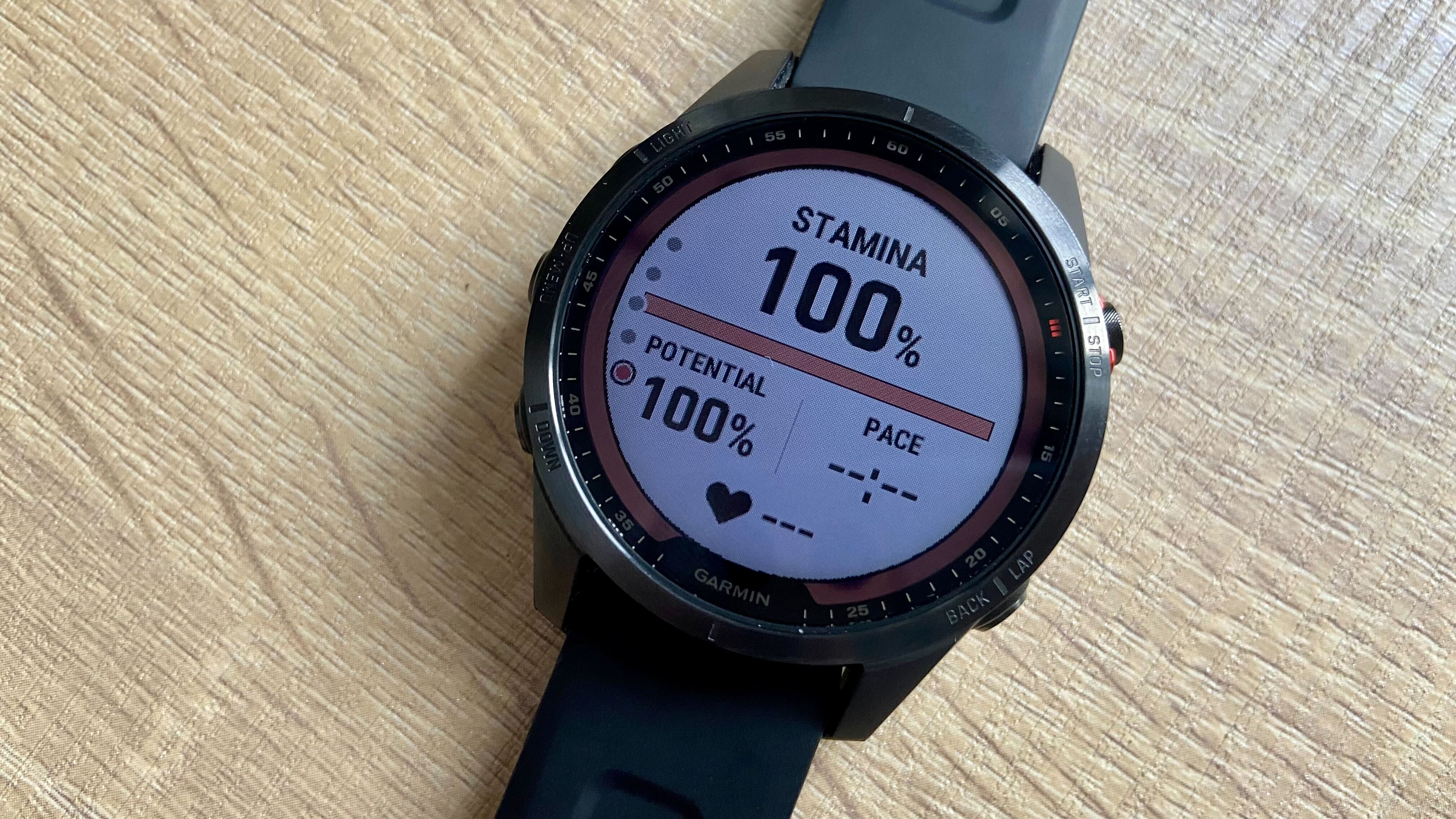
Both watches are brilliant on the run, but if you’re an ultramarathon runner the Fenix 7’s mapping capabilities and Up Ahead feature make it the obvious choice.
Winner: Garmin Fenix 7
Garmin Fenix 6 vs Fenix 7: Smartwatch features
One of the reasoning behind adding a touchscreen to the Fenix 7 was to make it a better watch to use off the run, and it works — it is easier to navigate around the watch, and read Whatsapp messages from your wrist. Garmin has also added an on-watch app store to the Fenix 7, which means you can install Connect IQ apps from the watch, rather than having to sync from your phone.
Aside from this, not much has changed. Despite watches like the Garmin Venu 2 having voice assistance and a microphone, Garmin is yet to add this feature to the Fenix range, although this is thought to be due to the waterproofing standard of the higher end watch.
Both watches have Garmin Pay, which allows you to load your bank cards and pay from your wrist, and the ability to download and play music from Spotify, Deezer, and Amazon Music.
Choosing a winner here is harder, but again, I was impressed with the touchscreen during testing, and if you are buying a Fenix as a smartwatch, the Fenix 7 just feels fancier and easier to use.
Winner: Garmin Fenix 7
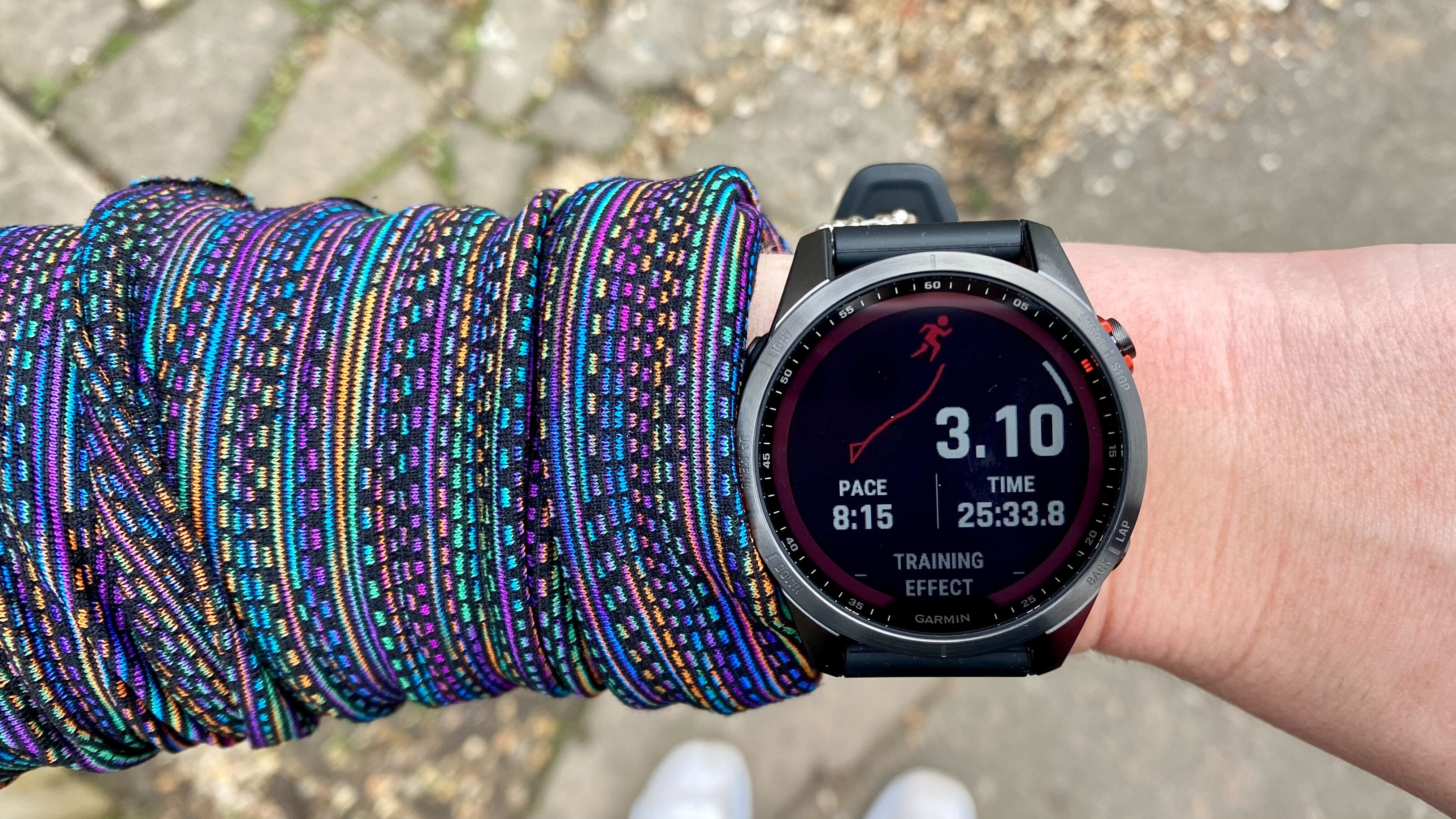
Garmin Fenix 6 vs Garmin Fenix 7: Verdict
So the scores are in, and the winner seems pretty obvious — Garmin has made some huge improvements to the Fenix line, and the Fenix 7 feels more like the Fenix 8 or 9. It’s easier to use thanks to the touchscreen, and the better battery life and improved mapping make this stand out from the crowd as a running watch.
That said, if you’re looking to save your money, the Fenix 6 is still an absolutely brilliant watch, especially if you’re lucky enough to pick it up in the sale. It’s not quite as good, but you won’t be disappointed.

Jane McGuire is Tom's Guide's Fitness editor, which means she looks after everything fitness related - from running gear to yoga mats. An avid runner, Jane has tested and reviewed fitness products for the past five years, so knows what to look for when finding a good running watch or a pair of shorts with pockets big enough for your smartphone. When she's not pounding the pavements, you'll find Jane striding round the Surrey Hills, taking far too many photos of her puppy.
